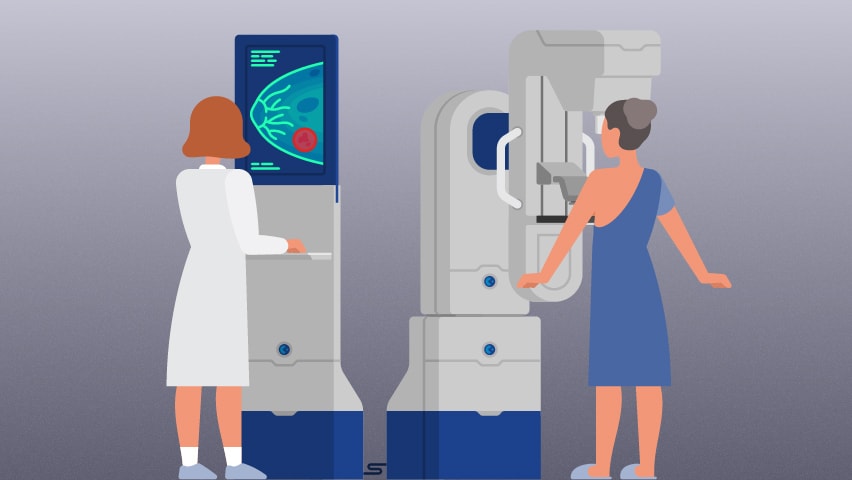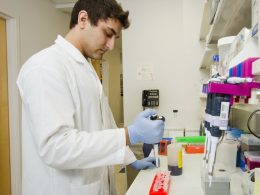21st Century Mammography: The incidence of breast cancer has increased in those under 40 years of age.
Breast cancer is the most frequent malignant disease in women in Europe and North America, and an increase in its incidence has been observed in recent years in women under 40 years of age. It constitutes a social and health problem that causes great concern in the general population and in the scientific community.
Thanks to advances in radiology , especially in mammogram, it is possible to detect precancerous and malignant lesions in their earliest manifestation, which has managed to improve the prognosis of the disease and reduce mortality from breast cancer.
Routine reviews by screening mammography or screening in asymptomatic women allow us to go ahead in time and make earlier diagnoses, before the patient feels the lesion. Mammography has undergone a great change in the last twenty years, being an increasingly precise and evolved test. The most important technological changes are the incorporation of digital mammogram, tomosynthesis and contrast-enhanced mammography.
Breast cancer treatment: Mammography
• Digital Mammography . It allows to increase the capacity of resolution of the image, manipulation and storage of the same. It would be comparable to digital photography.
• Tomosynthesis . It consists of performing at the same time, in addition to the normal mammography, tomographic sections of the breast, such as a scanner with very fine sections of 1 mm thickness that allows avoiding the overlapping of tissues, such as a 3D mammography that is especially useful in dense breasts.
• Contrast Mammography. This improvement consists of injecting the patient with an iodinated contrast to subsequently perform the mammogram. This contrast will be captured by breast tumors and will be represented in the image as a light bulb on in a dark room. It allows an increase in the sensitivity and specificity of the test. This may replace in certain cases the Magnetic Resonance. We can say that today’s mammography, of the 21st century, is an effective, modern and very complete technique as it has features such as ‘Tomosynthesis’ and ‘Contrast’. Performed periodically, it allows early detection of breast cancer and helps to cure it in most cases.









